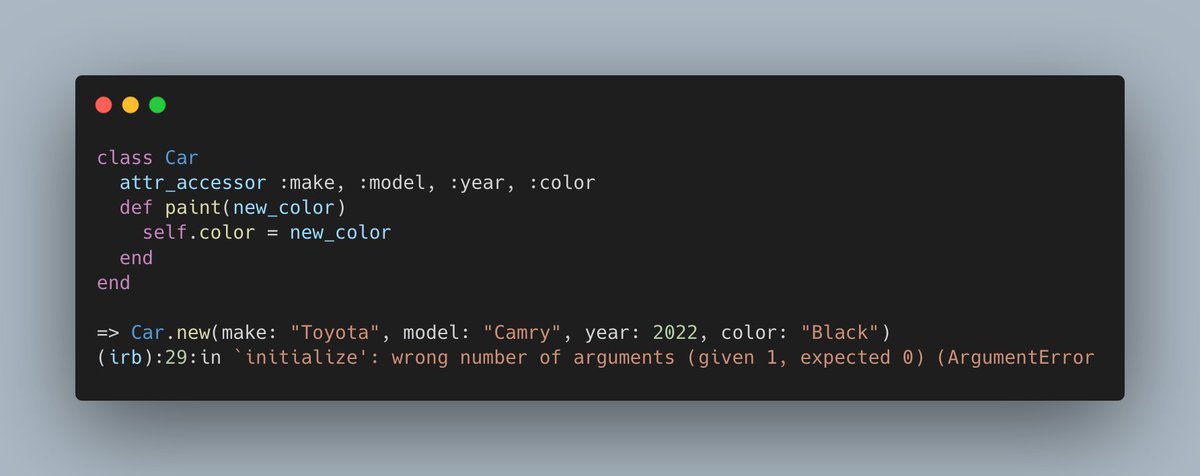
Today, we will be learning about Redis' second data structure, which is the `list`. #thread 🧵
If you haven't read the first thread, check it out

If you haven't read the first thread, check it out
https://twitter.com/_rshiva/status/1634287682821173249

`List`: are like an array but we can use the list as a stack that follows Last-In-First-Out(LIFO) principle and a queue that follows First-In-First-Out (FIFO) principle
In this example, we gonna add users to our beta_list to send invitations in the near future
In the list, we use the push command, and to remove an item, we use the pop command. However, it's important to note that there are different types of push and pop commands available
In the list, we use the push command, and to remove an item, we use the pop command. However, it's important to note that there are different types of push and pop commands available
Bonus:
Combine LPUSH and LPOP the list becomes a stack
Combine RPUSH and LPOP the list becomes a queue
The list can hold 4 billion entries (2^32)
Performance:
LPOP, LPUSH, RPUSH -> O(1)
LRANGE ->O(s+n) n- length of list and s is the start offset
Combine LPUSH and LPOP the list becomes a stack
Combine RPUSH and LPOP the list becomes a queue
The list can hold 4 billion entries (2^32)
Performance:
LPOP, LPUSH, RPUSH -> O(1)
LRANGE ->O(s+n) n- length of list and s is the start offset
Thanks for reading this thread! If you're interested in learning more about Redis, follow me @_rshiva
& don't forget to retweet the 1st thread to help other devs.
I'm passionate about #buildinginpublic,
web development, &
sharing my learnings with others.
Stay tuned for more
& don't forget to retweet the 1st thread to help other devs.
I'm passionate about #buildinginpublic,
web development, &
sharing my learnings with others.
Stay tuned for more
• • •
Missing some Tweet in this thread? You can try to
force a refresh



















